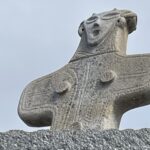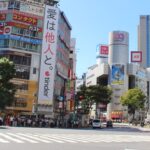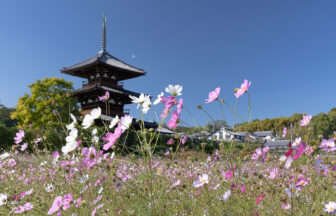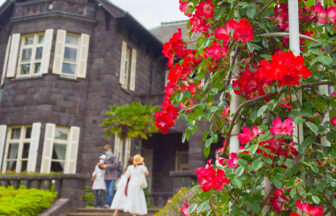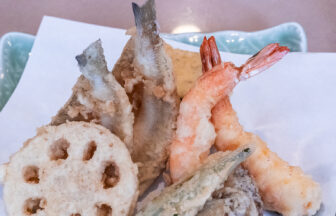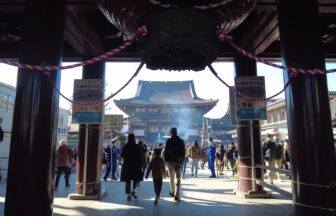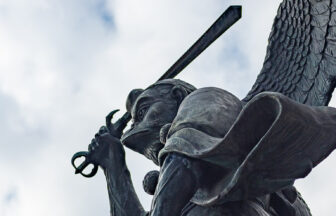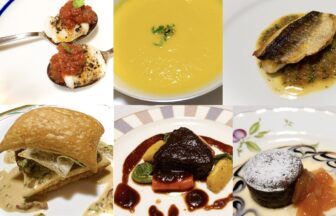Nihonga are Japanese-style paintings drawn with rock paints. Below you will find several masterpieces of Nihonga exhibited at Narukawa Art Museum in Hakone. Please note that the current exhibition will be held until July 17th, 2024.
Contemporary Nihonga by Reiko Morita
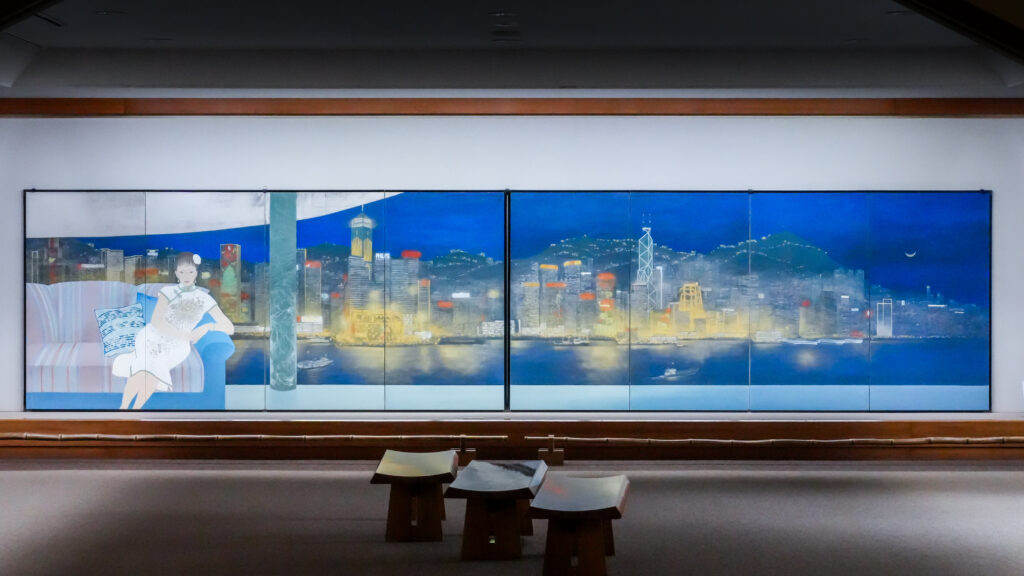
The photo above is “Hikari No Irie” (Awash in Light, 1996). It is a contemporary Nihonga drawn by Rieko Morita, a female painter. A very beautiful night scene of Hong Kong is depicted on a four-fold screen. Such scene might have been diminished by PRC’s political invasion into Hong Kong, though. The masterpiece is owned by the museum.
Unique Nihonga by Ryumi Hashimoto


The two Nihonga above are by Ryumi Hashimoto. Ryumi is an unique Nihonga painter as he often finds motifs from fairy tales, local folks as well as religion. The photo (above, left) is “Obake Jizo” which can be translated “Phantom (or monster?) Jizo Bodhisattva” ???. Jizo bodhisattva is a Buddhist divinity who has a strong passion to relieve people from their suffering. But, why should it be a phantom or a monster ???
The photo (above right) is “Miyama no Shiki” (the four seasons at Mt.Miyama). Many living things from a racoon dog, a fox, birds, snakes, frogs, various kinds of flowers, autumn foliage …. are vividly depicted on a three-fold screen. I am sure it will catch you for, maybe, 20 minutes.
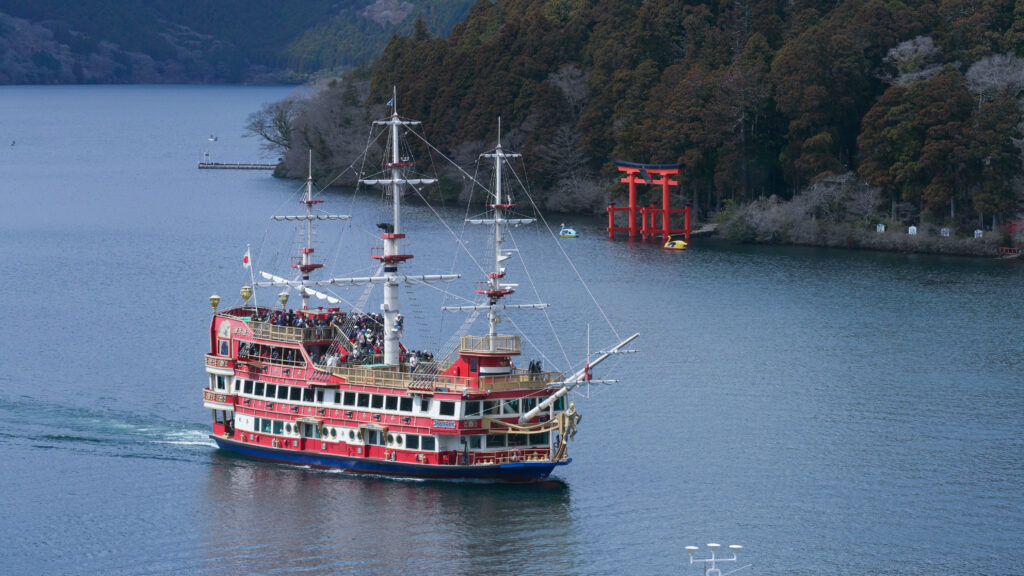
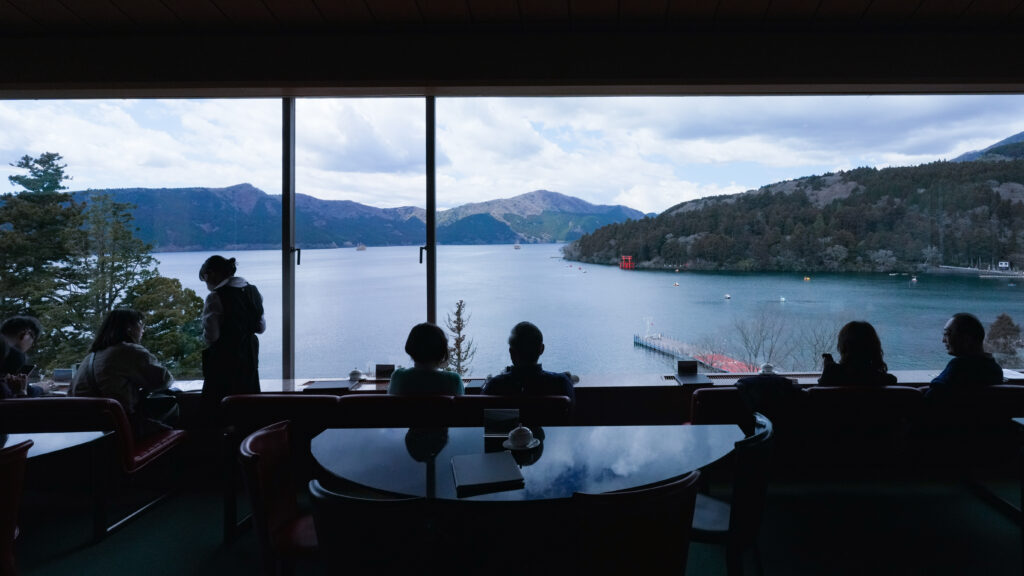
Narukawa Art Museum
Narukawa Art Museum is located on a hill in Motohakone. It commands a very beautiful scenery of Lake Ashi. Why don’t you visit there to enjoy viewing both the current exhibitions (until July 17th, 2024) and beautiful Lake Ashi?
More about Nihonga
The term of Nihonga (paintings “ga” of Japan “nihon”) was created in response to “Seiyoga” (paintings of the west “seiyo”) in the 19th century. It was the time when Japan ended its seclusion policy, started modernization. The nation imported the western culture and arts such as “Seiyoga”. Before the 19th century, Japanese paintings had flourished by several schools like the Kano-ha and the Maruyama-ha. With Seiyoga coming into Japan, the traditional Japanese paintings have evolved as a sort of fusion of the west and Japan. Actually, elements of Seiyoga such as perspective techniques and variety of motifs were incorporated and developed to the contemporary Nihonga. And yet, the use of rock paints keep the very key role in Hihonga. Rock paints are so beautiful but expensive vs. oil paints. This is one of reasons why Hinonga is often called paintings of jewelry.
All photos on this article are ones taken at Narukawa Art Museum in Hakone. Please note that the museum allows you to take any photo of exhibitions.
Jin Shibata
If you have any feedback, please fill in the following. Your message will be sent to the author of this article. Thank you so much for your visit to the site!


